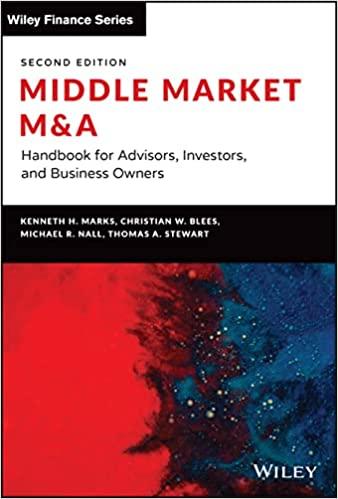





The dividend growth model: I. cannot be used to value zero-growth stocks. II. cannot be used to compute a stock price at any point in time. III. requires the required return to be higher than the growth rate. IV. assumes that dividends increase by a constant amount forever. V. none of the above is correct Multiple Choice 0 II, and IV only 0 V only 0 1, I, II, and IV only 0 Ill only 0 In order to estimate the value of a stock, we may apply the stock's next annual dividend D1, its annual dividend growth rate g, and the applicable annual discount rater in our calculation. We call this particular model the 1 0 zero growth model 0 capital pricing model 0 discounted price model 0 dividend growth model 0 earnings capitalization model Roxie is going to compute the present value of a $1,200 bonus that she will receive in 1 year due to her outstanding work for her company. We call the interest rate that she will use this calculation process the Multiple Choice O discount rate simple rate current yield effective rate O compound rate According to the dividend growth model, I. a stock must have the same value to all investors. II. a stock's value changes in inverse relation to the required return. III. a stock's market price varies directly with its dividend growth rate. IV. stocks that pay the same annual dividend have equal market values. V. a stock's value is equal to the discounted present value of the future cash flows which it generates. I, II, III and IV only III, IV and V only II, III and V only I and II only Which of the following statements related to annuities and perpetuities is/are correct? 1. Most loans are a form of a perpetuity. II. Both perpetuities and annuities are not finite. III. The future value of an ordinary annuity can be computed but not the future value of an annuity due. IV. An ordinary annuity is worth less than an annuity due given equal annual cash flows for five years at 10 percent interest, compounded annually. V. A perpetuity comprised of $200 quarterly payments is worth more than a 10-year annuity comprised of $200 quarterly payments, given an interest rate of 12 percent, compounded quarterly. Multiple Choice II, III and IV only o C ) and Il only o I, II, III and IV only o IV and V only o o I, II, IV and V only For a par bond, you will find its 1. market price = call price II. market price












